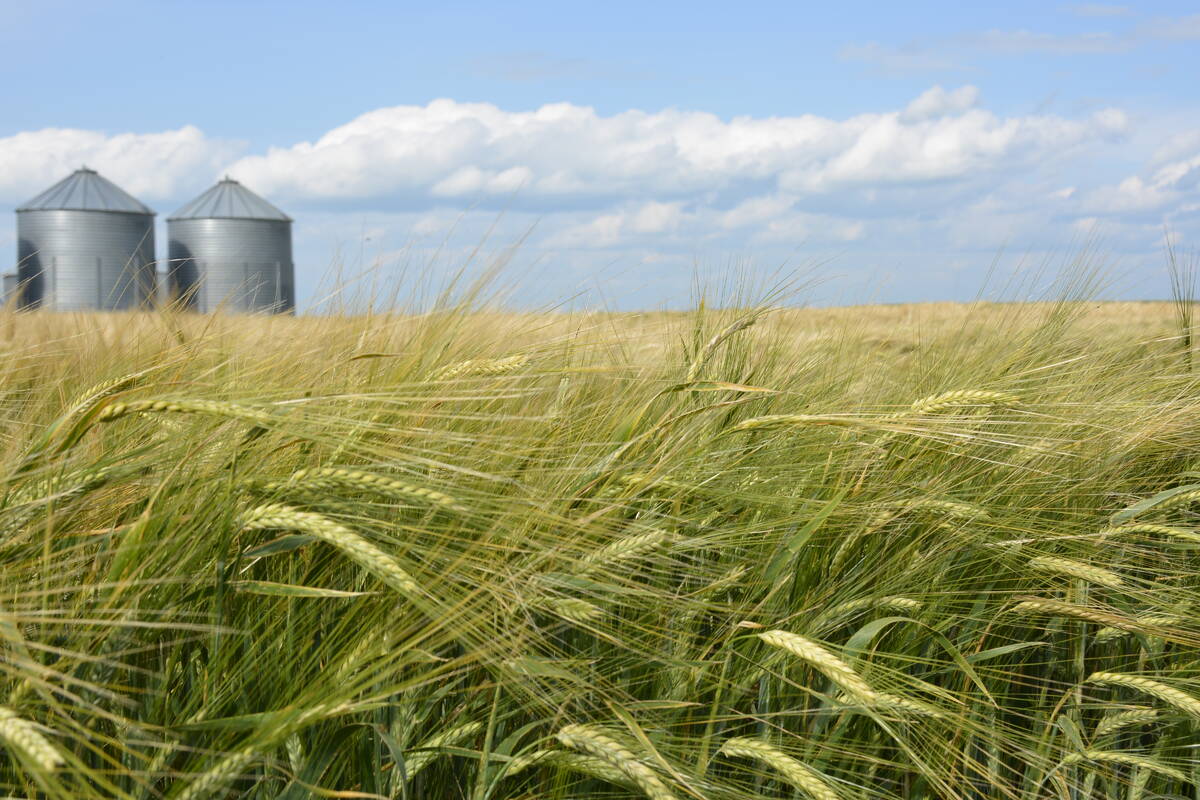Dave Hickling doesn’t blame feed buyers in China for being suspicious of pellets containing canola meal.
In a country where feed is judged by sight and smell, it’s hard to know exactly what the dark-colored pellets contain.
They could hold meal from canola or a variety of other oilseeds, or they could contain dirt, explained Hickling, director of feed technology at the Canadian International Grains Institute.
Chinese feed buyers prefer pellets with a yellow hue, indicating the feed contains corn and soybean meal.
Read Also

StatCan stands by its model-based crop forecast
Statistics Canada’s model-based production estimates are under scrutiny, but agency says it is confident in the results.
But the Canadian canola industry plans to work with Chinese crushers to help get more value for their canola meal, said Hickling.
Better meal prices may mean Chinese crushers can spend more on Canadian seed.
To this end, 19 senior managers and technical officials from crushing companies in China were in Canada May 1-10 as guests of the industry.
“Up until a couple years ago, we hadn’t been selling much canola to China,” Hickling said.
China has suddenly become Canada’s second-largest canola customer, importing 1.26 million tonnes in 1998-99, and 1.1 million tonnes during this crop year to date.
CIGI worked with the Canola Council of Canada, provincial canola grower groups, and six grain companies to bring the Chinese crushers to Canada.
The program cost about $100,000, mostly for travel costs and English-Mandarin translators.
The visitors spent a few days rubbing elbows with the grain industry in Winnipeg and three days at the POS pilot plant in Saskatoon before heading to Alberta to tour the Canbra plant at Lethbridge and Beau Monde Farms at Beiseker.
The program wound up at the Port of Vancouver where participants were intrigued by how terminals weigh grain.
“This is sort of all peculiar to them,” said Hickling, explaining that Chinese port officials estimate the weight of grain in ship holds using plumb lines before the grain is manually unloaded into bags.
The crushers asked detailed questions about temperatures and chemicals used by Canadian crushers, said Adrian Man, general director of marketing for Asia, Europe and Africa at James Richardson International.
“These are people who are crushing Canadian canola,” said Man, who traveled with the group.
“I think they have a better understanding of how they should handle our canola.”
Man believes the program will help increase Canadian canola sales to China. Exporters learned more about Chinese buying patterns, while Chinese crushers learned more about the logistics involved in moving canola to port.
“They have a better appreciation of what we are doing for them,” Man said.
Hickling said Chinese crushers tend to use too much heat in treating canola seed, which decreases the meal’s feed value.
Canola meal trades at a large discount in China compared to soybean meal – 600 yuan compared to soybean meal prices of more than 2,000 yuan. In North America, canola meal tends to trade at 60 to 70 percent of the value of soybean meal, said Hickling.
Lisa Gruener, manager of research and technical services for the Canola Council of Canada, called the three days with the group at the POS pilot plant “overwhelmingly positive.”
The more customers learn about processing meal so it has a higher nutritive value, the better for Canadian canola exporters, she said.
“We know that they’re not utilizing the meal as well as they could be,” Gruener said, explaining China sometimes exports surplus low-value meal made from Canadian canola back into American markets.
Hickling said Canadian canola exporters worked with Mexican crushers five years ago on a similar effort to improve the marketing of meal.
Today, Mexican crushers get a high value for their meal, said Hickling.
He said it won’t be as easy to improve values in China, where there are a couple hundred crushers and a lower level of sophistication and literacy among feed buyers.
But Canadian marketers will continue their efforts by visiting Chinese crushers in November, said Hickling.
CIGI also plans to run canola meal feeding trials in China with poultry and hogs.
















